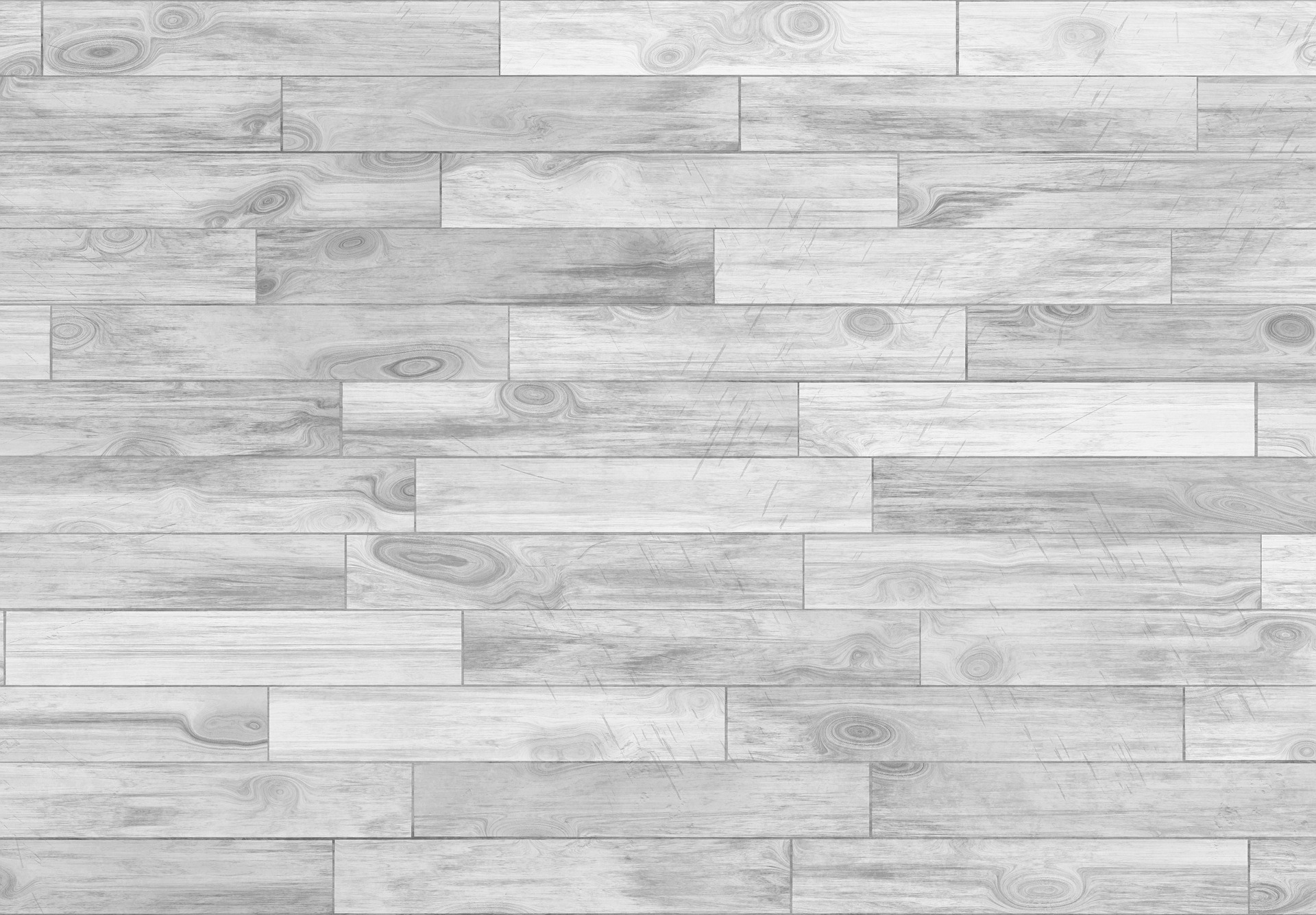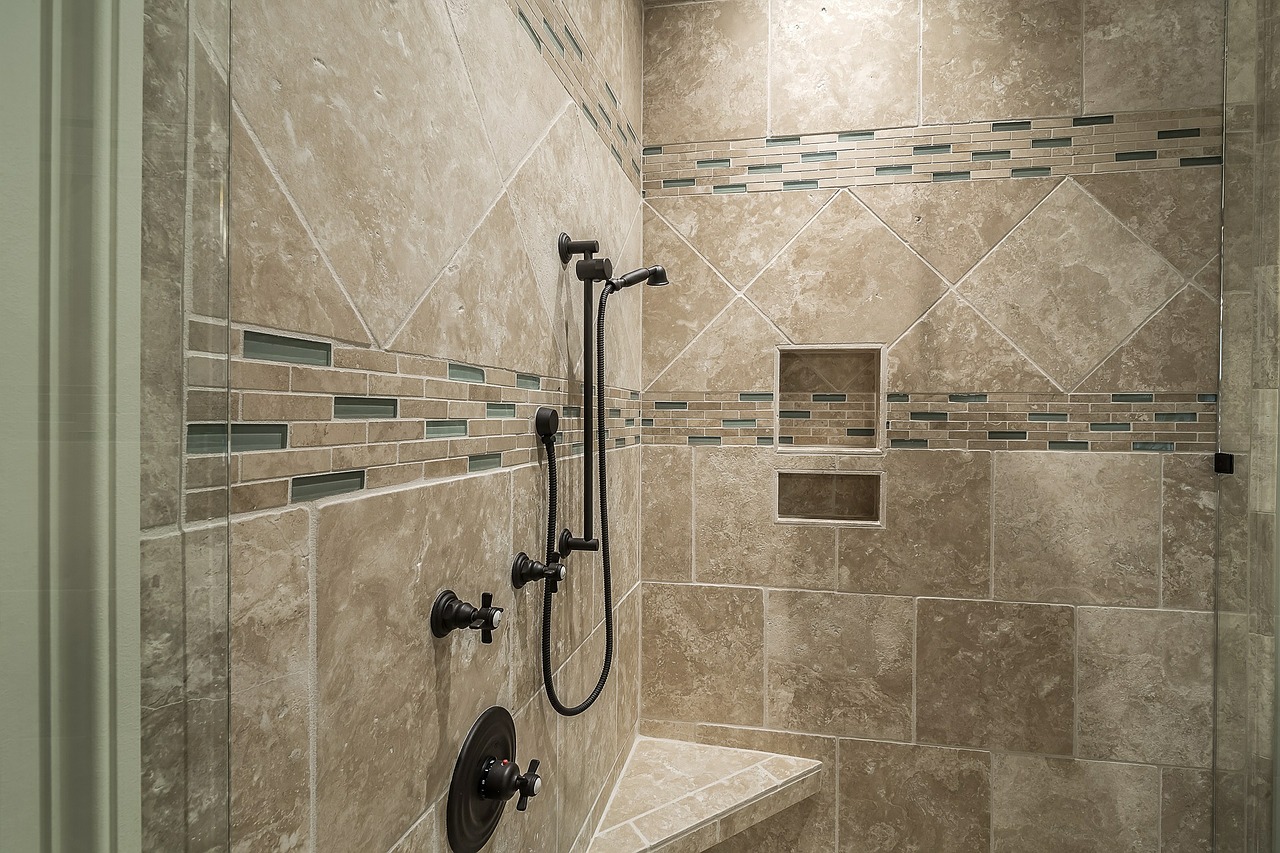Flooring and Tiling




Laminate Flooring
Laminate flooring is a multi-layer synthetic flooring product, fused together with a lamination process. Laminate flooring simulates wood (or stone, in some cases) with a photographic applique layer under a clear protective layer. The inner core layer is usually composed of melamine resin and fiber board materials. There is sometimes a glue backing for ease of installation. It has the advantages that it is durable, as compared with carpet, and attractive, at a lower cost as compared to natural floor materials.
The top wear layer is incredibly durable and easy to care for. It is also impervious to most stains, spills, burns and extremely scratch-resistant, making it perfect for busy families and pet owners. Laminate floors are installed by floating the planks over most substrates including plywood, OSB, concrete slabs and some existing floor coverings. The planks and tiles have tongue and groove edges that lock them together. These floors are never secured directly to the sub floor, making installation possible almost anywhere.
installation of laminate flooring takes less than hardwood and our installers can finish a typical home in few of days.
for more info please go to: www.pcsconstruction.ca/laminateflooringvancouver
Wood Flooring
Wood flooring is any product manufactured from timber that is designed for use as flooring, either structural or aesthetic. Bamboo flooring is often considered a wood floor, although it is made from a grass (bamboo) rather than a timber.
Solid
Solid hardwood floors come in a wide range of dimensions and styles, with each plank made of solid wood and milled from a single piece of timber. Solid hardwood floors were originally used for structural purposes, being installed perpendicular to the wooden support beams of a building. Modern construction techniques now rarely use wood building frames and solid hardwood floors are used almost exclusively for their appearance.
For flooring, solid wood has many limitations due to the natural characteristics of wood. Expansion and contraction of wood from moisture and temperature fluctuation puts many dimensional restrictions on solid wood floors. Typically, 5″ wide and 3/4″ thick boards are the largest that can be manufactured from solid wood without compromising the structure of the flooring (some manufacturers produce wider boards using proprietary milling techniques). There is, however, no standard size which will perform well in every environment. For contemporary construction techniques, the most significant characteristic of solid wood floors is that they are not recommended to be installed directly over concrete.
Engineered
Engineered wood flooring is composed of two or more layers of wood in the form of a plank. The top layer (lamella) is the wood that is visible when the flooring is installed, and is adhered to the core (or substrate) which provides the stability.
Laminate, vinyl and veneer floors are often confused with engineered wood floors – laminate uses an image of wood on its surface, vinyl is plastic formed to look like wood, and veneer uses a thin layer of wood with a core that could be one of a number of different composite wood products (most commonly, high density fibreboard).
Engineered wood is the most common type of wood flooring used globally. North America is the only continent that has a larger solid wood market than engineered, although engineered wood is quickly catching up in market share.
Comparison of solid wood and engineered wood
It is very difficult to compare a solid wood floor to engineered wood floors, as there is a wide range of engineered wood floor qualities. There are several limitations on solid hardwood that give it a more limited scope of use: solid wood should not be installed directly over concrete, should not be installed below grade (basements) and it should not be used with radiant floor heating. Solid hardwood is also typically limited in plank width and is more prone to “gapping” (excessive space between planks) and “cupping” (a concave or “dished” appearance of the plank, with the height of the plank along its longer edges being higher than the centre) with increased plank size. Solid wood products, on average, have a slightly thicker ‘sandable area’ (the wood that is above the tongue), and can be installed using nails. Lastly, solid wood tends to be less expensive than engineered wood, but this, as with the ‘sandable area,’ depends on the quality of the engineered wood (most inexpensive engineered wood products are ‘veneer’ wood floors, and not ‘engineered’).
The installation costs of engineered flooring are typically lower than solid flooring.
Engineered wood flooring has several benefits over solid wood, beyond dimensional stability and universal use. Patented installation systems (such as “unilin” or “fiboloc”) allow for faster installation and easy replacement of boards. Engineered wood also allows a ‘floating’ installation (where the planks are not fastened to the floor below or to each other), further increasing ease of repair and reducing installation time.
In general engineered wood panels are longer and wider than solid planks.
The top surface of solid and engineered flooring, have the same properties of hardness and durability.
The development of “structural” engineered flooring now means engineered floors (often with 1/4 inch lamellas and birch ply backing)can be nailed directly over joists without the need for plywood sub-flooring.
Solid wood manufacturing
Solid wood can be cut in three styles: flat-sawn, quarter-sawn, and rift-sawn. However, because only one side of the wood is visible on flooring, “quarter-sawn” and “rift-sawn” will have the same appearance.
Many solid woods come with “absorption strips” – grooves cut into the back of the wood that run the length of each plank. They are used to reduce cupping.
Solid wood floors are mostly manufactured with a tongue-and-groove for installation.
Engineered wood manufacturing
Lamella
The lamella is the face layer of the wood that is visible when installed. Typically it is a sawn piece of timber.
The timber can be cut in three different styles: flat-sawn, quarter-sawn, and rift-sawn. However, because only one side of the wood is visible on flooring, “quarter-sawn” and “rift-sawn” will have the same appearance.
Core/substrate
1) Wood ply construction (“sandwich core”): Uses multiple thin plies of wood adhered together. The wood grain of each ply runs perpendicular to the ply below it. Stability is attained from using thin layers of wood that have little to no reaction to climatic change. The wood is further stabilized due to equal pressure being exerted lengthwise and widthwise from the plies running perpendicular to each other.
2) Finger core construction: Finger core engineered wood floors are made of small pieces of milled timber that run perpendicular to the top layer (lamella) of wood. They can be 2-ply or 3-ply, depending on their intended use. If it is three ply, the third ply is often plywood that runs parallel to the lamella. Stability is gained through the grains running perpendicular to each other, and the expansion and contraction of wood is reduced and relegated to the middle ply, stopping the floor from gapping or cupping.
3) Fibreboard: The core is made up of medium or high density fibreboard. Fibreboard has minimal expansion and contraction so the core is very stable. Fibreboard is also denser and harder than most wood and is less prone to denting. Floors with a fibreboard core are hygroscpoic and must never be exposed to large amounts of water or very high humidity – the expansion caused from absorbing water combined with the density of the fibreboard, will cause it to lose its form. Fibreboard is less expensive than timber but is not VOC free and is not environmentally friendly.
Installation systems
Wood can be manufactured with a variety of different installation systems:
1) Tongue-and-groove: One side and one end of the plank have a groove, the other side and end have a tongue (protruding wood along an edge’s center). The tongue and groove fit snugly together, thus joining or aligning the planks, and are not visible once joined. Tongue-and-groove flooring can be installed by glue-down (both engineered and solid), floating (mostly engineered only), or nail-down (not recommended for most engineered).
2) “Click” systems: there are a number of patented “click” systems that now exist. These click systems are either “unilin” or “fiboloc” A “click” floor is similar to tongue-and-groove, but instead of fitting directly into the groove, the board must be angled or “tapped” in to make the curved or barbed tongue fit into the modified groove. No adhesive is used when installing a “click” floor, making board replacement easier. This system not only exists for engineered wood floors but also bamboo and a small number of solid floors (such as “parador solido click”) and is designed to be used for floating installations. It is beneficial for the Do-It-Yourself market.
3) Floor connection system: There are a wide range of connection systems, as most of them are mill-specific manufacturing techniques. The general principle is to have grooves on all four sides of the plank with a separate, unconnected, piece that is inserted into the grooves of two planks to join them. The piece used for the connection can be made from wood, rubber, or plastic. This installation system allows for different materials (i.e. wood and metal) to be installed together if they have the same connection system.
4) Wood flooring can also be installed utilizing the glue-down method. This is an especially popular method for solid parquet flooring installations on concrete sub-floors. Additionally, engineered wood flooring may use the glue-down method as well. A layer of mastic is placed onto the sub-floor using a trowel similar to those used in laying ceramic tile. The wood pieces are then laid on top of the glue and hammered into place using a rubber mallet and a protected 2×4 to create a level floor. Often the parquet floor will require sanding and re-finishing after the glue-down installation method due to the small size pieces.
Floor finishes
The two most popular finishes for wood flooring are oil and polyurethane. Within both categories there are many variations and other names used to describe the finish. Oil and polyurethane also have very different refinishing and maintenance regimes.
1) Oil – Oiled floors have existed for several thousand years and is the most common floor finish used globally. Oil finished floors are made from naturally derived drying oils, and are not to be confused with petroleum based oils. Pre-finished oil floors can be UV cured. Most vegetable based oils are 100% natural and contain no VOCs.
1.1) Brushed and Oiled – Steel brushes are used in the direction of the grain which opens up the surface of the wood and removes splinters. The wood is then oiled.
2) Polyurethane – Polyurethane floors were first introduced around 1940. There are several types of polyurethane finishes that exist, but the two most common are straight polyurethane and oil-modified polyurethane. Both products are sold under various names including: urethane, lacquer, and varnish. Many finish manufacturers and wood flooring manufacturers create a brand name for their finish.
Sanding
Sanding provides a method for smoothing an installed floor, compensating for unevenness of the subfloor. Additionally, sanding is used to renew the appearance of older floors. Sanding using successively finer grades of sandpaper is required to ensure even stain penetration when stains are used, as well as to eliminate visible scratches from coarser sandpaper grades used initially. Prior to modern polyurethanes, oils and waxes were used in addition to stains to provide finishes. Beeswax and linseed oil, for example, are both natural crosslinking polymers are hardened over time. Modern polyurethanes, and polyester resins, used occasionally, are superior in toughness and durability.
Care of wood floors
Proper use of vacuuming, sweeping, and damp mopping is usually all that is required to maintain the cleanliness and appearance of a wood floor. Oil soaps should not be used to clean the floors. The best suggestion is to use the manufacturers recommended cleaning products. Like tile floors, excessive grit and foot traffic will affect appearance. Unlike carpet or rugs, a properly finished wood floor, like tile, does not accumulate hidden soil or odorous compounds.
Ceramic Tiles
A tile is a manufactured piece of hard-wearing material such as ceramic, stone, metal, or even glass. Tiles are generally used for covering roofs, floors, walls, showers, or other objects such as tabletops. Alternatively, tile can sometimes refer to similar units made from lightweight materials such as perlite, wood, and mineral wool, typically used for wall and ceiling applications. Less precisely, the modern term can refer to any sort of construction tile or similar object, such as rectangular counters used in playing games (see tile-based game). The word is derived from the French word tuile, which is, in turn, from the Latin word tegula, meaning a roof tile composed of baked clay.
Tiles are often used to form wall and floor coverings, and can range from simple square tiles to complex mosaics. Tiles are most often made from ceramic, with a hard glaze finish, but other materials are also commonly used, such as glass, marble, granite, slate, and reformed ceramic slurry, which is cast in a mould and fired.

